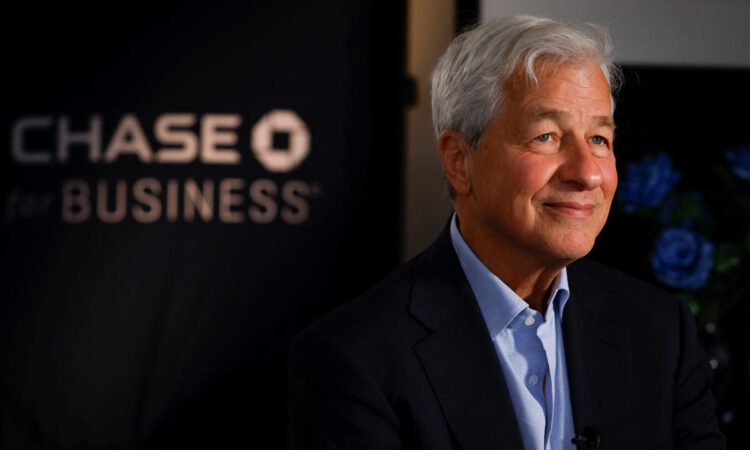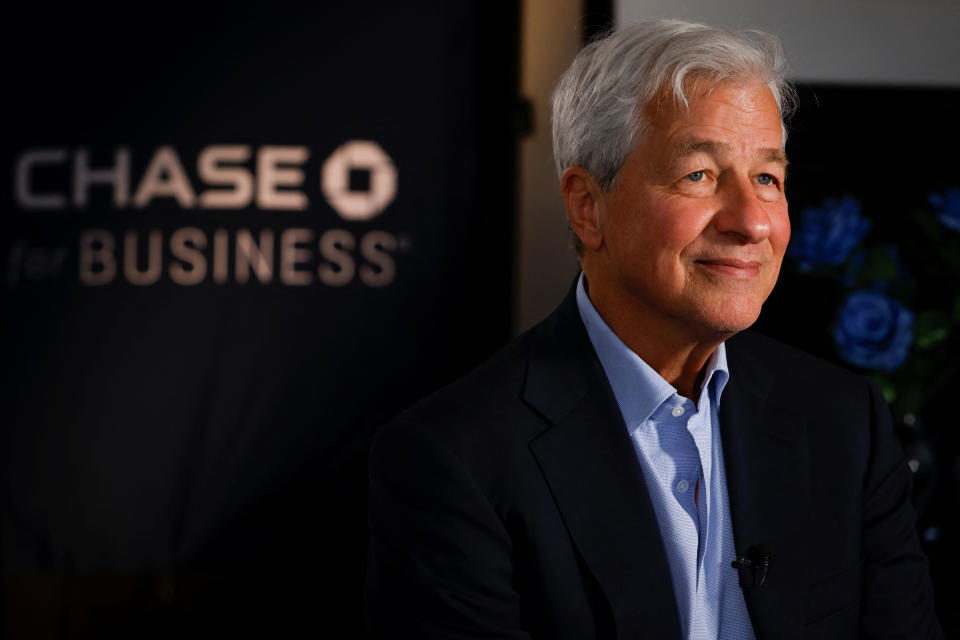
The banking crisis that slammed U.S. regional banks has left Wall Street’s most powerful institutions largely unscathed, and the fallout may ultimately benefit the biggest players.
After the sudden implosion of Silicon Valley Bank (SIVB) and Signature Bank (SBNY) rattled markets, the perception that the largest banks are “too big to fail” is seemingly making them more attractive to customers looking for safety.
“I do think that that’s a natural kind of transition, and the bigger banks could be natural beneficiaries,” Michael Arone, chief investment strategist for US SPDR Business at State Street Global Advisors, told Yahoo Finance Live (video above). “There’s a perceived safety around moving those assets. Now, whether it’s real or not, I think we’ll find out. But I do think that there is this perceived safety of moving up in terms of those larger banks and deposits to those larger banks.”
While regional banks such as First Republic (FRC) and PacWest Bancorp (PACW) battle declining deposits, their larger counterparts such as JPMorgan (JPM), Citigroup (C), Wells Fargo (WFC), and Bank of America (BAC) have seen deposits surge.
Bank stocks have taken a hit across the board, but large national bank stocks have remained relatively resilient compared to regional bank stocks, which continue to suffer the brunt of the selling.
Over the last month, JPMorgan stock fell 6.6%, Citigroup dropped 10.9%, and Wells Fargo declined by 17.5% as investors remained jittery over liquidity concerns.
At the same time, First Republic Bank stock plunged 86.7% while regional banks Zions Bancorp (ZION), PacWest, and Western Alliance (WAL) suffered declines of 35.7%, 59.9%, and 51.3%, respectively, amid contagion fears.
‘We’re really at a crossroads here in the banking industry’
The favorability of large banks in some ways echoes the financial crisis of 2008 and 2009, with 11 of the nation’s largest banks swooping in to stabilize First Republic with a $30 billion cash infusion. In 2008, it was JPMorgan Chase’s purchase of Bear Stearns and Washington Mutual that helped the investment bank become the powerhouse it is today.
Experts say that the recent crises will likely change the banking landscape yet again.
“The current shake-up has created a lot of doubts about small and regional banks, and it would be a tragedy if those banks went away,” Tassat CEO Kevin Greene said in an interview with Yahoo Finance Live.
Greene cautioned that the U.S. could move toward a model of banking similar to European system, which has fewer institutions among other differences, saying that model “has been proven not to be good in terms of productivity, economic growth, and innovation.”
Greene also stressed that the number of small- and medium-sized banks that are operating across the U.S. near small businesses and borrowers are “the strength of the U.S. economy” and should be preserved.
“We’re really at a crossroads here in the banking industry,” Greene said, raising the question: “Is our model for the future increasing dominance by a handful of banks?”

In any case, the growing influence of big banks was already underway before Silicon Valley Bank went under.
According to Stephen Biggar, director of financial services at Argus Research, the number of FDIC-insured commercial banks in the U.S. more than halved in less than 30 years, going from 10,000 banks in the early 1990s to 4,700 today.
“Bank consolidation has been a theme,” Biggar told Yahoo Finance. “I think this trend will continue. The small will get smaller the large will get larger. Interestingly, you would hope they also get safer the larger they get.”
Click here for the latest stock market news and in-depth analysis, including events that move stocks
Read the latest financial and business news from Yahoo Finance





